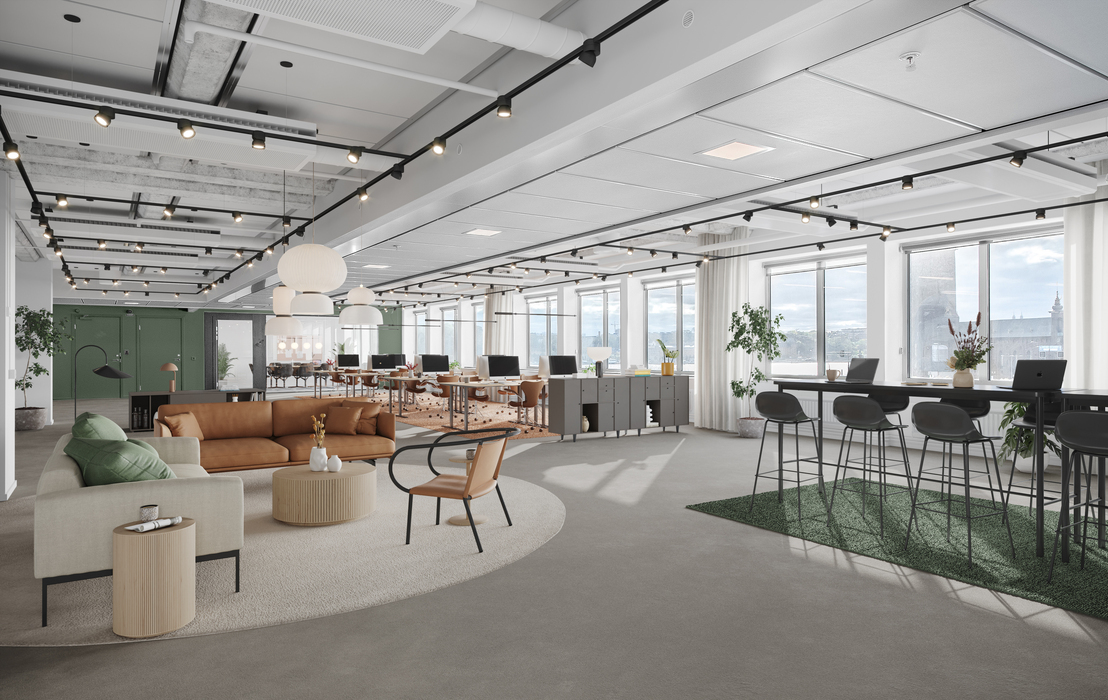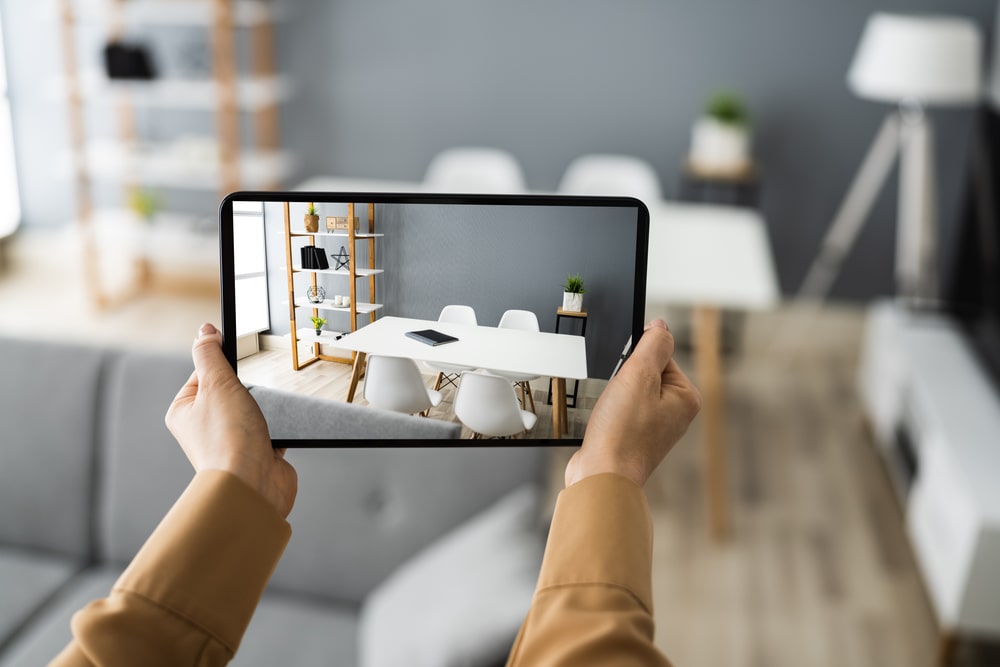Virtual staging has enhanced the notion of real estate marketing by incorporating a cheaper value into the visualization of vacant spaces. Virtual staging allows customers to imagine fully furnished apartments without the need to physically set up furniture for the apartment.
However, real staging offers a direct emotional response as it features a real-time combination of real furniture and real space. The selection of virtual staging or real staging is determined by the market, the expected target property, and the economic input needed in the presentation of the property. While virtual staging does cut costs and time, real staging may prove worth it since high-end buyers want real things.
Advantages of Virtual Staging in Real Estate Marketing
Virtual staging comes in handy, especially to real estate marketers, and offers numerous benefits. It improves property images without incurring physical staging costs. This method produces desirable and very real-looking pictures that are meant to lure in potential buyers.
When no furniture is present in any room, an agent can effectively virtual stage that room using candidate blank room templates. It encourages the buyers’ imagination to the fullest and sells the home as it showcases its dormant potential.

In addition, virtual staging hastens the time taken to bring the home to market. Listings can quickly be changed to include images with a new design that may generate interest.
This strategy also creates fewer busy images and eliminates unnecessary details. Attention is given to the most essential parts of the home through well-staged photographs.
Advantages of Real Staging in Real Estate Marketing
During efficient real estate marketing, real staging comes out as one of the very important aspects in the marketing plan. It provides an actual experience of the residential plots to the prospects. By showing a home furnished, a buyer can get an idea of the occupancy within the premises. This physical representation fosters emotional connections.
Real staging adds more value by emphasizing the best aspects of a property. With careful usage of furniture and other decor, the best selling points of the house are accentuated.
Moreover, real staging is beneficial at a more macro level with respect to the economy. Staged houses usually stay in the market for a short span of time and also get sold at a premium. When buyers see properties that speak to them, they are usually in a hurry to place an offer.
To cut short, real staging is imperative for effective real estate marketing. Sales are driven because the buyers are attracted and are able to have special experiences with the properties.
Disadvantages of Virtual Staging and Real Staging in Real Estate Marketing
Disadvantages of Virtual Staging in Real Estate Marketing
Despite the advantages of virtual staging, including low cost and convenience, it has its drawbacks. The primary disadvantage is the fact there is no physical contact. The buyers do not get a feel of the space as the virtual images depict it. As a result, some buyers may not be impressed by viewing the real property.

As well, buyers have been overestimating and underestimating properties because of the use of 3D visualization, which may cause complications. When the property is staged, people tend to fall in love with it in the photos, and when they visit the actual house, which is empty, it may not have the same impact on the buyers.
Disadvantages of Real Staging in Real Estate Marketing
On the other hand, real staging, although effective, comes at higher costs and greater logistical complexities. It involves the cost of either renting or buying furniture, which is someone’s pricing especially for large houses.
Furthermore, staging involves a lot of time, preparation, and undressing, and this may slow the property listing. Real staging control is also an issue.
Virtual Vs. Real Staging: Which Strategy Best Enhances Your Property More?
Though both real and virtual staging have their own merits, one may be more effective than the other depending on the specific property as well as the market. Virtual staging best suits sellers who are conscious of the cost and who wish to market their properties faster.
It’s adaptable, low-cost, and especially ideal for empty houses. For upper-end properties and buyers, however, real staging creates a greater emotional connection.
It gives a real-life experience that enhances interest in the property and maximizes returns. In the end, it all comes down to the fact that the strategy that improves your property the most is targeted towards the mentioned audience as well as the budget and marketing aims.
Conclusion
When it comes to choosing practical approaches like virtual or real staging, it all comes down to the property’s requirements, the target audience, and the budget. While virtual staging has its own, which includes the minimum cost and period to complete the work, real staging seeks to evoke emotions.
There is a role for both in effective real estate marketing; however, the appropriate decision can enhance your sales prospects. If you love expert virtual staging services in Dubai, Limina Studios will help you live your dreams on your property.






















